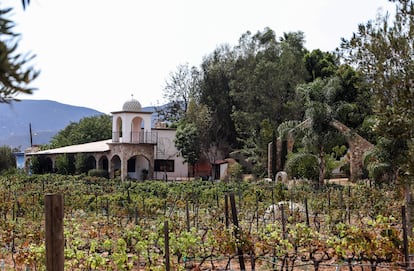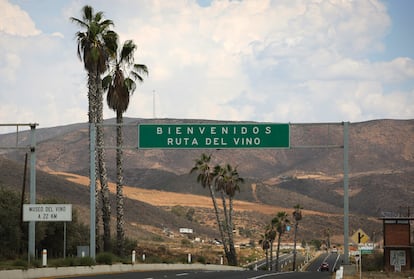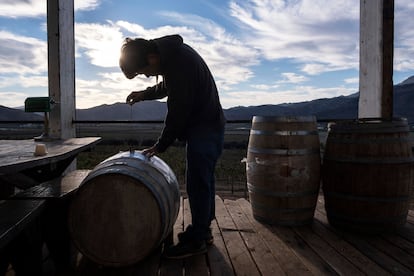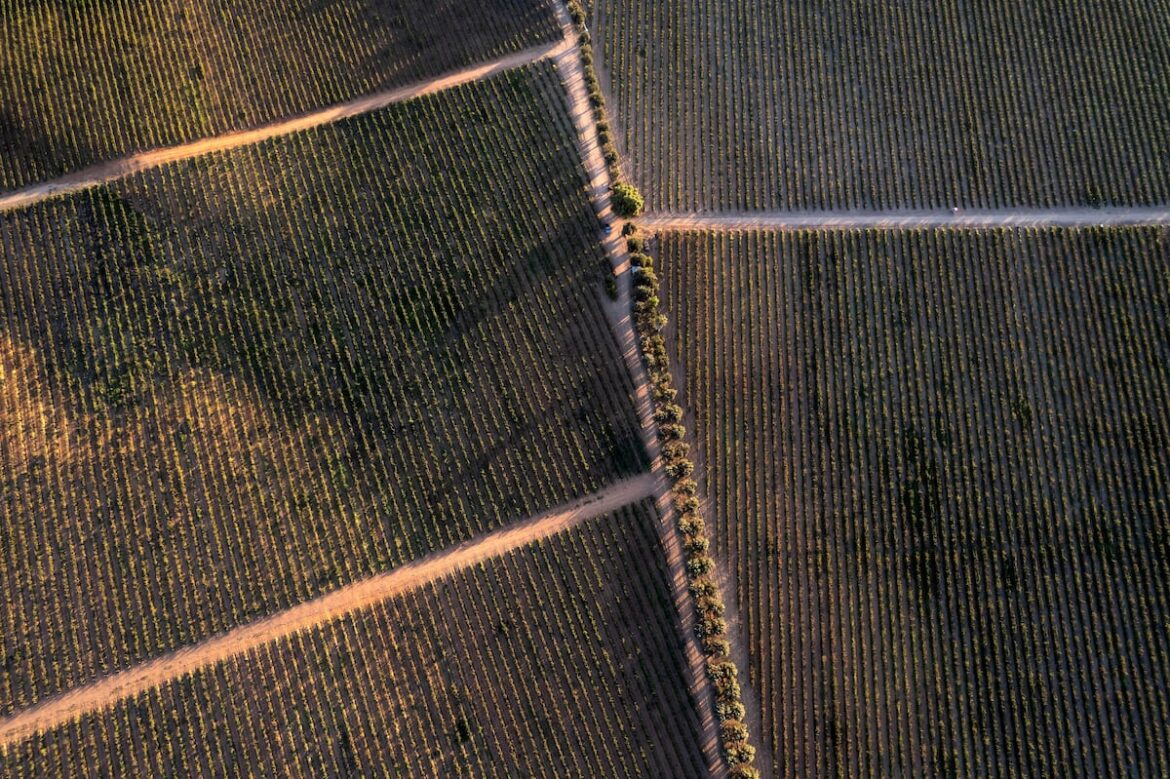This tour is about ancient times interrupted by Jesuit missionaries. About persecuted Russians, who possessed profound agricultural knowledge. About ecotourism. And about a series of oases in the middle of a fascinating desert landscape between two expanses of water. It is about, in short, and using more geographical language, a corner of Mexico that represents less than 0.01% of the national territory, but where around 70% of the country’s entire wine production is concentrated.
On the Baja California peninsula, a strip of land bordered by the Pacific Ocean on one side and the Gulf of California on the other, seven valleys — though Guadalupe Valley is far more famous than the rest — are intertwined, each with very special characteristics. Nestled in the middle of desert areas, they are like climatic bubbles, as they are sunken and have bodies of water on both sides that act as thermal regulators. The combination of these temperate climates and soils that mix sand, limestone, and clay, have made this a perfect place for vineyards to thrive, and with them, the economy.
Centuries ago, no one in this region thought about wine. Several Indigenous peoples lived there, such as the Kumiai, the Pai Pai, and the Kiliwa. They were once nomadic and survived through alternative forms of agriculture, fishing, and hunting. But European colonizers arrived, destroyed the natives’ ways of life, and appropriated part of the land.
Vine cultivation began during that time, but it wasn’t until the 17th century that this cultivation became formalized with the arrival of Jesuit missionaries, who brought European vines and used the wine primarily for their religious rituals. Later, at the beginning of the 20th century, Russian Molokan emigrants began to settle in this region. According to historians, 105 families joined together and purchased 4,000 hectares of land in the Guadalupe Valley to escape the persecution they suffered in Russia for being considered a heretical sect. These settlers were good farmers and revived the vineyards.
 Quinta Monasterio, one of the wineries that forms part of the Wine Route in the Guadalupe Valley.Leigh Green (Alamy/CORDON PRESS)
Quinta Monasterio, one of the wineries that forms part of the Wine Route in the Guadalupe Valley.Leigh Green (Alamy/CORDON PRESS)
But the big boom in this business came in the late 1990s, primarily in Guadalupe, but also in other valleys such as Ojos Negros, Santo Tomás, and San Vicente. Since then, some of these vineyards have received hundreds of international awards, and the sector has grown so much that several universities in the region offer specialized courses. The Autonomous University of Baja California, for example, has a Faculty of Enology and Gastronomy.
Welcome to the wine route Traffic sign advertising the Wine Route in the Guadalupe Valley, in Baja California, Mexico.Leigh Green (Alamy/CORDON PRESS)
Traffic sign advertising the Wine Route in the Guadalupe Valley, in Baja California, Mexico.Leigh Green (Alamy/CORDON PRESS)
To get there, you generally need a vehicle. It’s easy to reach from the city of Tijuana, on the border with California. You drive along the Pacific Ocean, heading south, and outside the car windows on the right-hand side, you see stretches of water, cliffs, gigantic buildings, houses of all styles, and premises with signs promising “bad girls.” Outside the left-hand windows, you see expanses of countryside, large billboards, low, bare, brown mountains with little vegetation, and a few rows of houses.
The further you descend along the Baja California peninsula, the more the temperature rises, especially as the car moves a little further away from the ocean and deeper into the interior. Then the signs along the highway reading “Welcome / Wine Route” appear, flanked by palm trees in the median strip and hovering over asphalt that is gradually turning beige with dust and sand. From a certain point on, vineyards begin to abound on both sides: those of magnates like the L.A. Cetto winery, one of the largest and best-known in Mexico, with almost 100 years of history, and many others. Around 260 winemaking projects have developed along this wine route, according to the Baja California Wine Committee, an association that brings together dozens of these initiatives.
In many of them, you can walk in, sit in front of the fields and plants with twisted, gnarled trunks, and enjoy a selection of wines, sometimes accompanied by food, snacks like cheese, olives, and bread, live music, a beautiful sunset, and much more, depending on the location. Some are affordable for most budgets, others are more exclusive, but with very special architecture.
An affordable option is La Casa de Doña Lupe, a relatively small, cozy, family-run establishment. Among the many design and architectural offers — as well as gastronomic and wine-growing options — is Encuentro Guadalupe, an ecotourism and responsible consumption project. The hotel stands amid the characteristic large, rounded rocks of the area and consists of a series of mountain cabins elevated off the ground to be less intrusive and reduce damage to the region’s wildlife, allowing it to continue its journey, or grow beneath these structures.
Another option is Cuatro Cuatros, which offers yoga, a spa, sailing excursions, and even an equestrian center. Plus, of course, tastings and regional cuisine, with the option to spend the night in the mountains, glamping, or in suites, villas, and houses with patios, private terraces, and outdoor hammocks.
These are just a few examples, but there are hundreds more, to suit all tastes. The key is to meander down the road between vineyards and choose the spot that most catches your eye, to taste the wine, the cuisine, and also to discover the project behind each winery.
 One of the workers at the Anatolia winery, in the Guadalupe Valley (Baja California).GUILLERMO ARIAS (AFP/GETTY IMAGES)
One of the workers at the Anatolia winery, in the Guadalupe Valley (Baja California).GUILLERMO ARIAS (AFP/GETTY IMAGES)
Sign up for our weekly newsletter to get more English-language news coverage from EL PAÍS USA Edition

